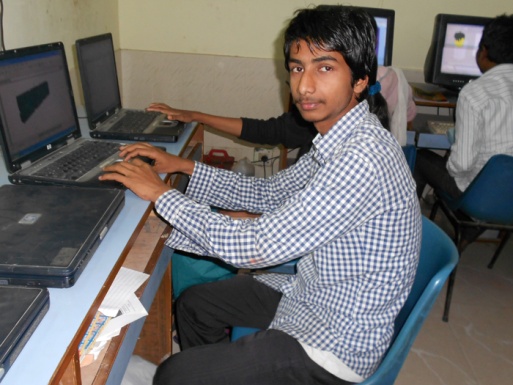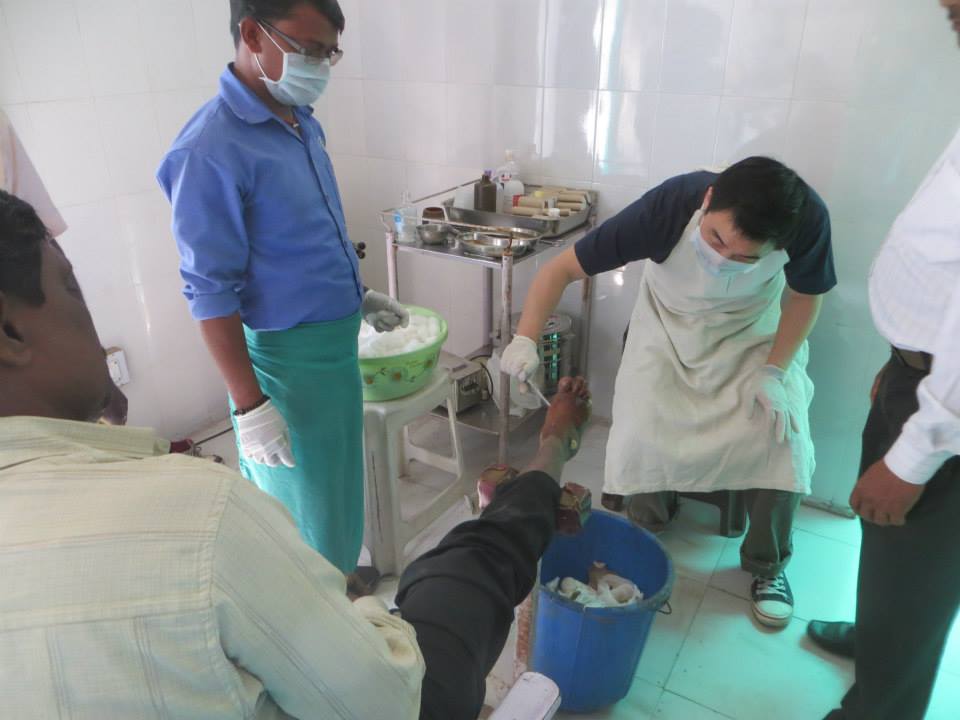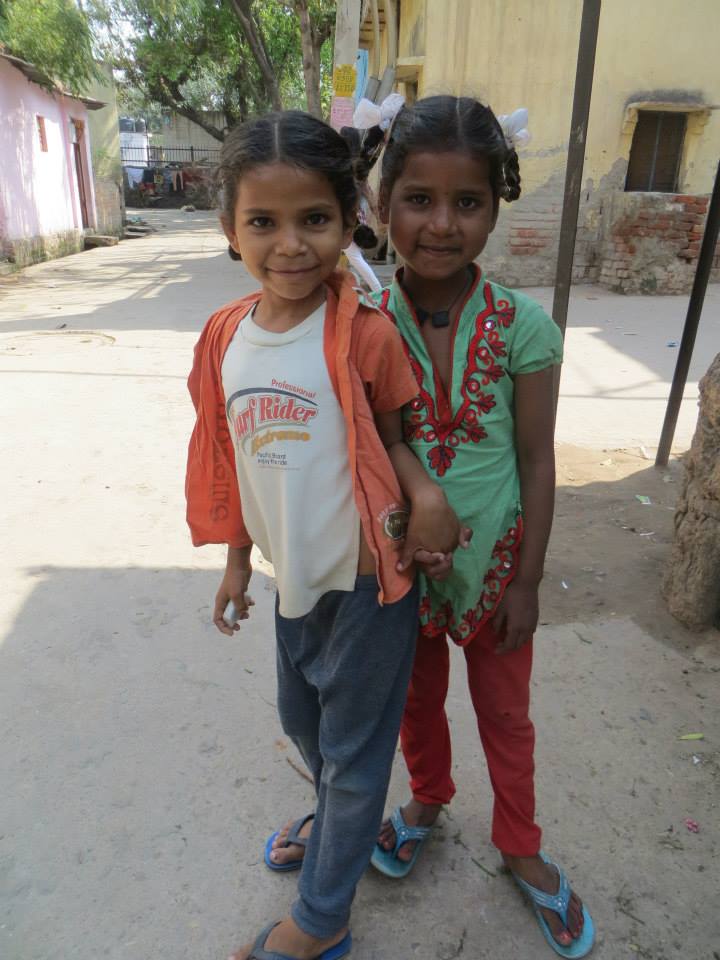 Twenty years ago the Tahirpur leprosy colony in North East Delhi was a very sad place. Leprosy patients, abandoned by their families and shunned by their communities, had migrated from all over the country to this slum in the capital city of India.
Twenty years ago the Tahirpur leprosy colony in North East Delhi was a very sad place. Leprosy patients, abandoned by their families and shunned by their communities, had migrated from all over the country to this slum in the capital city of India.
They lived in horrible conditions. Their huts were built of straw and mud. Every year the monsoon would wash everything away. Disease was rampant. Ninety-five percent of the leprosy patients survived by begging. They had been robbed of their dignity and they were treated as pariahs by society. The physical condition of the leprosy patients was deplorable. Their open sores were left untreated and most suffered from tuberculosis.
Everywhere we went in the colony we could see little children with no shoes and often no clothes at all, playing in the mud. They suffered from malnutrition and education was a distant dream.
Shankar was one of those little children. He and his siblings grew up in the Village of HOPE. Their parents were leprosy patients. When Shankar was six years old his father passed away. Shankar’s older brother took on the family responsibility.
The parents had always wanted their children to study but it was a very challenging situation. Abject poverty is hard to escape. Being shunned by society because of leprosy is a stigma almost impossible to overcome.
I write ”almost” because twenty years ago, the HOPE foundation, an affiliate of HOPE worldwide, started working in that leprosy colony. In partnership with the government of Delhi, and the support of churches around the world, HOPE foundation built around 800 brick houses, encouraged the government to open a school, and to provide electricity and sanitation. HOPE foundation opened two bandaging clinics, a vocational training center where the women and the youth of the colony could get job training. Micro loans were given, allowing people to start their own businesses.
 Twenty years later and after much perseverance, prayers, and hard work, leprosy is close to being eradicated. Only about five percent of the leprosy patients go begging. Children attend school, young people are receiving job training, the women of the community are selling the clothes and the craft they make. People in the colony have opened little stores everywhere. The bandaging units are staffed by the leprosy patients themselves.
Twenty years later and after much perseverance, prayers, and hard work, leprosy is close to being eradicated. Only about five percent of the leprosy patients go begging. Children attend school, young people are receiving job training, the women of the community are selling the clothes and the craft they make. People in the colony have opened little stores everywhere. The bandaging units are staffed by the leprosy patients themselves.
Shankar and his siblings have grown. Through their own determination and resilience, as well as the opportunities given to them by HOPE foundation, all four children have received a great education and are now on their way to a successful life.
Shankar’s older brother works as a draftsman in a private company. He is able to support the whole family. During his training at a government institute, he received an award for best student of the year. Shankar says, “It was a proud moment for our family when my brother received the award and Rs 5000 from the Chief Minister of Delhi.”
Shankar’s sister is training to become a fashion designer. His younger brother is in high school. Shankar himself is working at the Income Tax Office of New Delhi as a computer operator. He earns Rs 8000 a month (double what people normally make in the slums), but this is just a temporary job in his mind. He is preparing for his entrance exam to medical school. His dream is to become a doctor and help the poor.
 It is very moving to see how many children of the Village of HOPE have gone into the medical profession. I suppose that growing up around the devastating effects of leprosy is a powerful motivating factor.
It is very moving to see how many children of the Village of HOPE have gone into the medical profession. I suppose that growing up around the devastating effects of leprosy is a powerful motivating factor.
All four siblings in the family turned out to be brilliant students. Shankar recalls with tears in his eyes his father’s dream of educating his children. He did not live to see this day but Shankar knows their dad would be proud of them. The three older siblings all took courses in computer skills, spoken English, and life skills, offered by HOPE foundation at the Village of HOPE.
Whereas in the past outsiders would never set foot in the leprosy colony, nowadays, people come inside the Village of HOPE in search of opportunities as it is considered a thriving community. Half of the trainees in the vocational training center come from the surrounding neighborhood. And all my Indian clothes are made by the women of the Village of HOPE!

